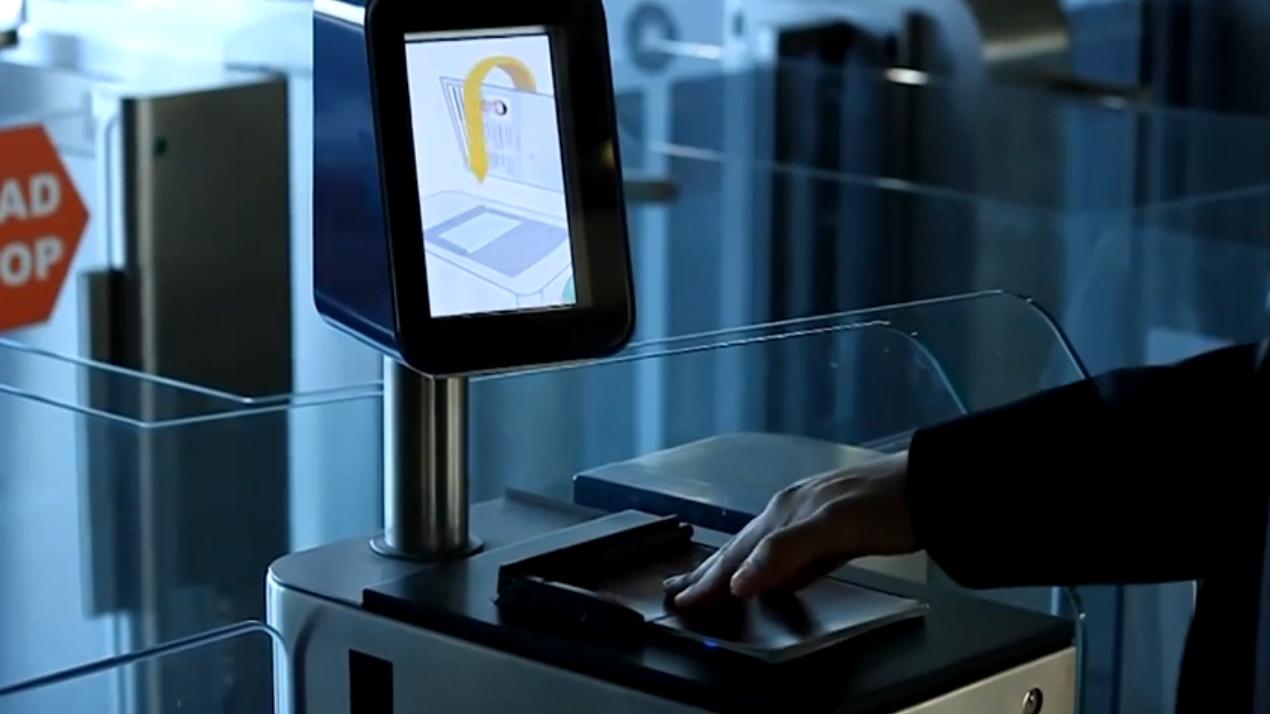Automated Border Control Market Future Outlook, Adoption Challenges, and Strategic Investment Opportunities Review

The Automated Border Control Market has witnessed significant transformation over the past decade, driven by the increasing need for enhanced security, efficient border management, and seamless travel experiences. Governments worldwide are investing heavily in automated solutions to streamline passenger processing, reduce human error, and strengthen security protocols at airports, seaports, and land borders. These systems leverage advanced biometric technologies such as facial recognition, fingerprint scanning, and iris identification, offering reliable identity verification while reducing wait times. The rising frequency of international travel, coupled with escalating threats from transnational crime and terrorism, has accelerated the adoption of automated border solutions across regions.
The market is characterized by a diverse range of technological offerings, including e-gates, kiosks, biometric scanners, and integrated border management software. E-gates, in particular, have become a central component of modern airports, enabling faster immigration checks and improving passenger throughput. Similarly, automated kiosks facilitate self-service check-ins and document verification, significantly minimizing the workload of border control officers. These technologies are increasingly being integrated with Artificial Intelligence (AI) and Machine Learning (ML) systems to enhance predictive threat analysis, fraud detection, and operational efficiency. Moreover, advancements in cloud computing and edge devices allow real-time data processing, which is crucial for maintaining security across multiple points of entry.
Geographically, Europe has emerged as a prominent adopter of automated border control solutions due to stringent security regulations and high international passenger volumes. Countries like Germany, the United Kingdom, and France have implemented large-scale e-gate programs, showcasing efficiency and technological sophistication. North America is also witnessing substantial growth, with the United States and Canada investing in smart border initiatives that emphasize both security and traveler convenience. Meanwhile, the Asia-Pacific region is poised for rapid expansion, driven by increasing air travel demand, government initiatives, and the modernization of airports and seaports across countries such as Singapore, Japan, and India.
Key drivers shaping the market scenario include the rising adoption of biometric authentication, government incentives for digital border modernization, and the growing need to enhance operational efficiency while reducing costs. Additionally, the push towards contactless travel solutions in the post-pandemic era has accelerated investments in automated border technologies. Travelers now expect frictionless entry and exit experiences, prompting authorities to adopt systems that ensure both security and convenience. The integration of advanced analytics further enables authorities to monitor trends, predict potential security breaches, and make data-driven decisions.
Despite the market’s growth prospects, several challenges remain. High initial investments, complex integration processes with legacy systems, and concerns around data privacy and cybersecurity are critical barriers. Furthermore, the varying levels of technological readiness across countries can hinder the seamless implementation of these systems. Vendors are responding to these challenges by offering scalable and modular solutions that can be tailored to specific operational requirements, reducing upfront costs and facilitating phased deployment.
Emerging trends indicate that the future of the Automated Border Control Market will be shaped by a combination of innovation, regulatory support, and evolving traveler expectations. Blockchain technology, for instance, is being explored for secure and immutable storage of travel data, while AI-driven predictive analytics helps anticipate traveler flows and potential risks. Collaborative frameworks between countries are also enhancing interoperability, ensuring smoother cross-border travel and compliance with international standards. As governments and private stakeholders recognize the strategic importance of automated border management, investments in research, development, and implementation are expected to rise steadily.
In conclusion, the Automated Border Control Market scenario is marked by robust growth, driven by technological innovations, regulatory impetus, and the increasing demand for secure and efficient border operations. While challenges like data security and integration complexities persist, the overall trajectory indicates a strong shift towards automation and intelligent border management systems. With continuous advancements in AI, biometrics, and digital infrastructure, the market is poised to redefine the future of international travel, offering seamless, secure, and user-friendly experiences for passengers and authorities alike.
- Vibnix Blog
- Politics
- News
- Liberia News
- Entertainment
- Technology
- Educação
- Art
- Causes
- Crafts
- Dance
- Drinks
- Film
- Fitness
- Food
- Jogos
- Gardening
- Health
- Início
- Literature
- Music
- Networking
- Outro
- Party
- Religion
- Shopping
- Sports
- Theater
- Wellness



